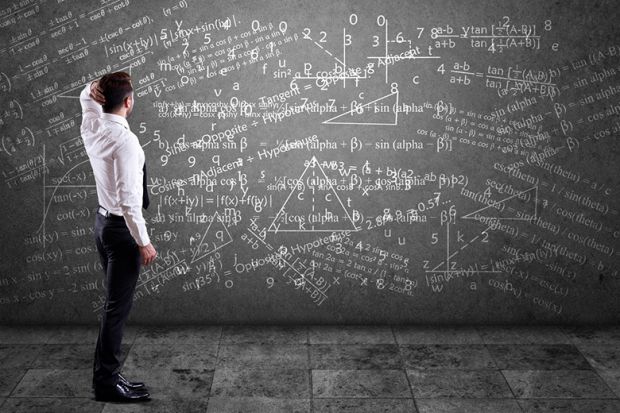Although mathematical discoveries cannot be patented – they are regarded as ideas rather than inventions – it is possible to take out a patent on a mathematical procedure that is part of some sort of device. Many methods have now been patented in this way. Patently Mathematical tells us about some such mathematics, raising significant issues about how the law deals with the field.
There is no traditional applied mathematics here. It is all linear algebra, network analysis and number theory: formerly abstract areas of pure mathematics that have proved to be of practical significance in the digital age. The mathematics of many of the most important applications in today’s world is not the mathematics that was regarded as applied or applicable when I was a student!
Suzuki begins by discussing how software can analyse text, explaining the difficulties faced in compiling an index, whether the indexer is human or computer. Curiously, despite this extensive analysis, the term “index” does not appear in the index to this book! We learn how mathematics can help determine when two documents relate to the same subject. There are clear explanations of the challenges – for example, words with two different meanings that could lead to documents on different subjects being incorrectly matched; and the difficulty of matching two documents on the same topic which refer to it by different words. Mathematical algorithms (and a great deal of computing power) can address these problems: search engines are remarkably good at finding relevant documents for us!
There are lucid and useful chapters on the mathematics on which internet security relies: public-key encryption, such as the Diffie-Hellman-Merkle key exchange algorithm and the RSA cryptographic system. Both were initially patented by their inventors, and hence come within Suzuki’s remit, but his informative discussion of possible attacks on these systems suggests that his enthusiasm for the mathematics involved goes beyond mere consideration of its patentability.
How can mobile phone companies cope with the fact that many of their most profitable customers move to another supplier every year? Offering better deals to all would damage profits, but network analysis allows those customers who are most likely to influence others to be identified so that they can be specifically targeted. Not surprisingly, given the commercial stakes involved, there are some interesting patents in this field. Here Suzuki identifies a problem: one of the patents discussed is so vague as to potentially cover any use of network theory, without any evidence that the patent holder has an effective formula. Such loose patents offer a great opportunity for “patent trolls” who exploit patents by litigation.
The book contains scattered references to issues around the patenting of mathematics, and concludes with a very brief epilogue making proposals as to how these might be addressed. Suzuki suggests that patent applications should provide evidence of the effectiveness of their mathematical procedures, and that mathematical expertise be required of patent officers making decisions on such patents. These suggestions are eminently sensible. Indeed, given concerns about the activities of patent trolls, more extensive discussion of some of these issues might have strengthened the argument. Overall, however, the book presents many new applications of mathematics, clearly described, and makes fascinating reading.
Tony Mann is director of the Greenwich Maths Centre at the University of Greenwich.
Patently Mathematical: Picking Partners, Passwords and Careers by the Numbers
By Jeff Suzuki
Johns Hopkins University Press, 296pp, £26.00
ISBN 9781421427058
Published 8 February 2019




